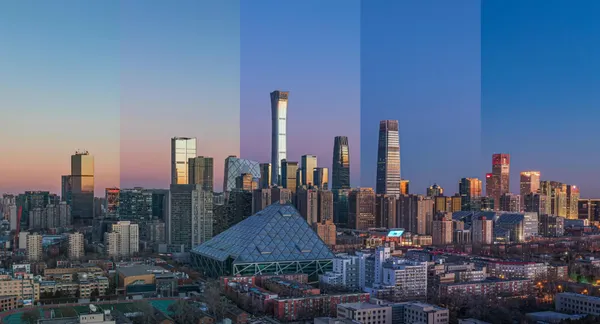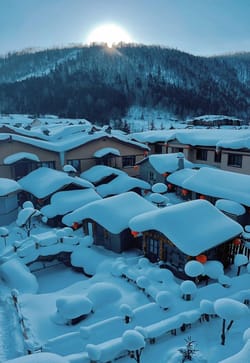On this page
Introduction
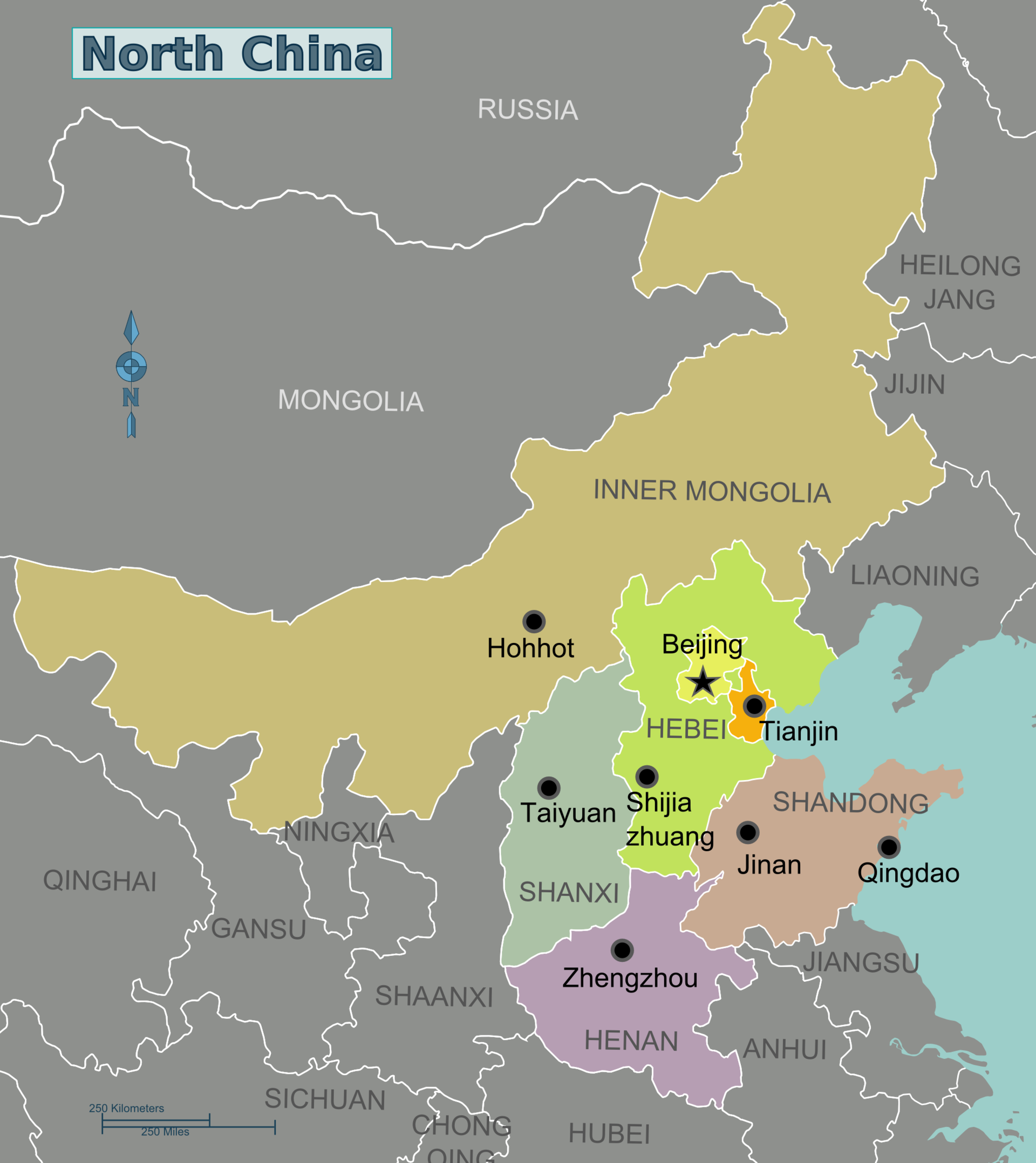
North China, encompassing provinces such as Hebei, Shanxi, and Shandong, is a region rich in historical significance and diverse landscapes. Characterized by its expansive plains, arid steppes, and dramatic mountain ranges, North China offers a unique blend of natural beauty and cultural heritage. The Great Wall of China, one of the world's most iconic landmarks, stretches across this northern landscape, symbolizing the region’s historical importance. Culturally, North China is a melting pot of traditions, with influences from ancient dynasties, folk arts, and regional cuisines.
Major Cities
Beijing

Beijing is China's capital, and its second largest city after Shanghai, with a population of more than 20 million. It had been the capital of Imperial China for much of its history, and became seat of the People's Republic of China after the Chinese revolutions, as well as the country's educational and cultural center.The city is well known for its flatness and regular construction.
Beijing is a dynamic, changing city. There is a mix of old and new all around. Here you can see the most modern, envelope-pushing technologies and social innovations butting heads with the most ancient cultural norms and social settings. The people here can seem a bit cold, but once you break the ice you will find that they are very friendly and engaging, and speaking some Mandarin is definitely helpful.Be prepared for customs and societal norms that are different from yours; see the China article for discussion.
Tianjin

Tianjin is located on the Bohai Sea coast in North China, right next to the capital, Beijing. Its advantageous geographical position has allowed Tianjin to rapidly develop into a vibrant international metropolis and a favorite short trip destination for residents of Beijing and Hebei.
In 1860, Tianjin was captured by the Anglo-French forces, leading to its designation as one of the first treaty ports for foreign trade. The remnants of foreign concessions from that era have evolved into a distinctive cluster of European-style architecture, notably found in the Five Avenues area, which holds cherished memories for Tianjin locals. The Haihe River, which gently flows through the city, showcases its splendid civilization along its banks. Whether it’s the towering "Tianjin Eye" Ferris wheel or the various uniquely styled Haihe River bridges, these landmarks are quintessential to the city.
Tianjin has steadily developed, proudly maintaining its distinct character separate from Beijing. It blends the rich “Tianjin flavor” with a mix of Western and traditional Chinese architecture, cultural streets steeped in history, and authentic Tianjin crosstalk performances.
Jinan

Jinan, known as the "City of Springs," is a renowned city with a rich cultural heritage. No matter where you go in Shandong Province, you’ll hear locals speak highly of Jinan. The city's picturesque scenery, described in the phrase "lotus flowers on three sides, willows on four; a city half surrounded by mountains, half by lake," captures the unique charm of Jinan.
Jinan has been the birthplace of many prominent figures in Chinese history, including Bian Que, a pioneer of traditional Chinese medicine; Zou Yan, a master of the Yin-Yang and Five Elements school; Tang Dynasty founding generals Fang Xuanling and Qin Qiong; famous Chinese poets and scholars like Li Qingzhao, Xin Qiji, Zhang Yanghao, and Li Kaixian; Zhou Yongnian, the initiator of China's public library system; and renowned architect Wei Xiang. Additionally, great literary figures such as Li Bai, Du Fu, Su Shi, and Zeng Gong have all lived or traveled through Jinan, earning the city the reputation of being a hub of distinguished scholars and intellectuals throughout history.
Qingdao
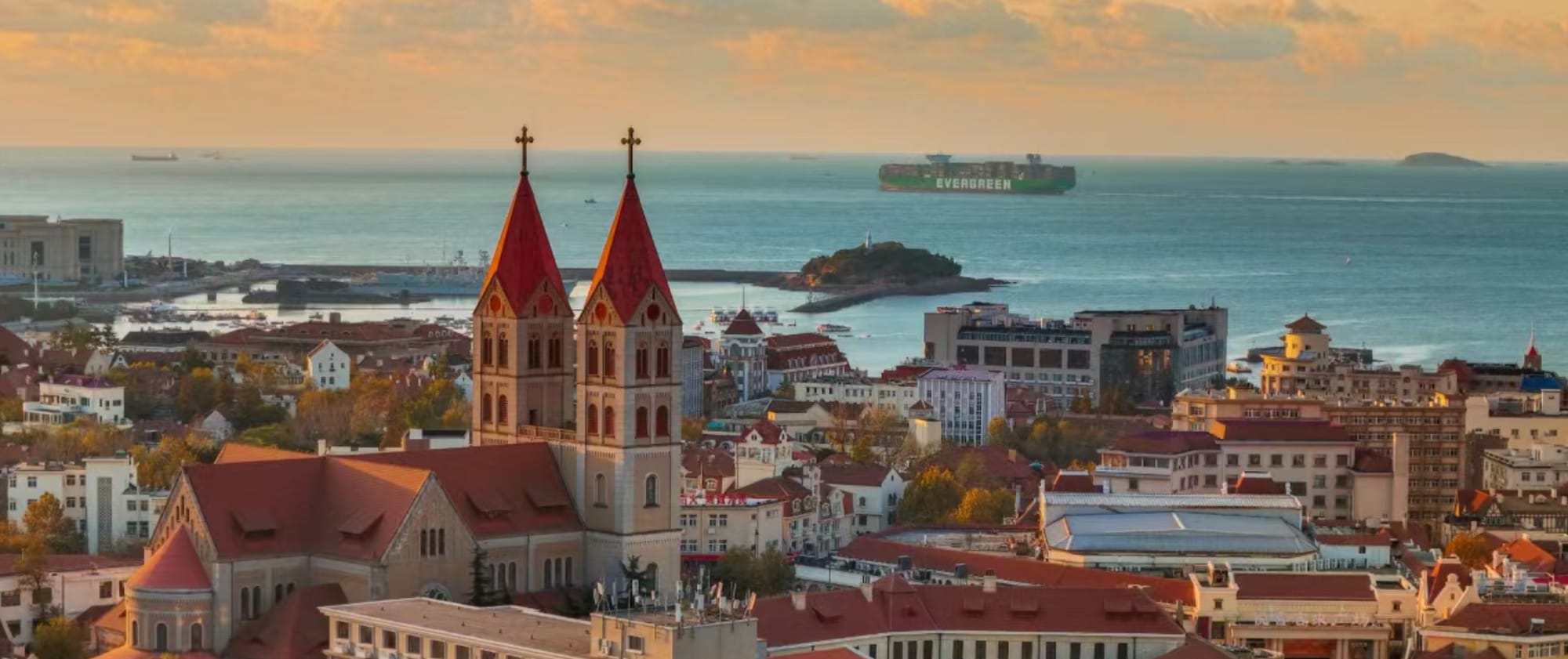
Qingdao, located on the southeastern coast of the Shandong Peninsula, is a gem along the Yellow Sea—a city known for its blend of international architecture, the unmistakable aroma of beer, and its status as a vibrant hub of openness to the world.
The most breathtaking memories of Qingdao are often made far from the shore. Whether standing on the deck of a yacht, sitting at the bow of a wooden sampan, or gazing out from the window of a sightseeing helicopter as it follows the coastline, Qingdao’s beauty reveals itself in full. Climbing near the summit of Mount Lao, through crystal-clear air, the city below appears as a line of buildings, resembling a bonsai, peacefully nestled between the mountains and the sea.
Taiyuan

"With its flat terrain and expansive plains, Taiyuan, the capital of Shanxi Province, is known as the 'Dragon City Treasure Land.' Historically referred to as Jinyang or Bingzhou, Taiyuan has a rich legacy that stands tall alongside any ancient capital in China, earning its place as one of the 'Three Capitals of the Heavenly Kings.' With a history spanning over 2,500 years, Taiyuan is a city where natural landscapes and historical relics converge, making it a significant political, military, economic, and cultural center in ancient northern China. It has long served as a crucial transportation hub between Beijing and Xi'an, playing a key role in the connectivity and development of the region."
Climate
The climate of China’s North China region, which includes cities like Beijing, Tianjin, and Shijiazhuang, is characterized by a temperate continental climate with distinct seasonal variations. This region experiences four well-defined seasons:
- Spring (March to May): Spring is a transitional period with gradually warming temperatures and blossoming flowers. The weather is generally mild and dry, making it an excellent time for sightseeing and outdoor activities. However, spring can also bring occasional dust storms.
- Summer (June to August): Summers are hot and often humid, with temperatures frequently exceeding 30°C (86°F). This period also experiences sporadic rainfall, including thunderstorms, which can provide some relief from the heat.
- Autumn (September to November): Autumn is known for its crisp, clear air and cooler temperatures, making it one of the most pleasant times to visit. The humidity drops and the fall foliage provides beautiful scenery, especially in areas with abundant trees and parks.
- Winter (December to February): Winters are cold and dry, with temperatures often falling below 0°C (32°F). Snow is not uncommon but tends to be light. The cold weather is accompanied by low humidity, which can make the air feel even chillier.
See
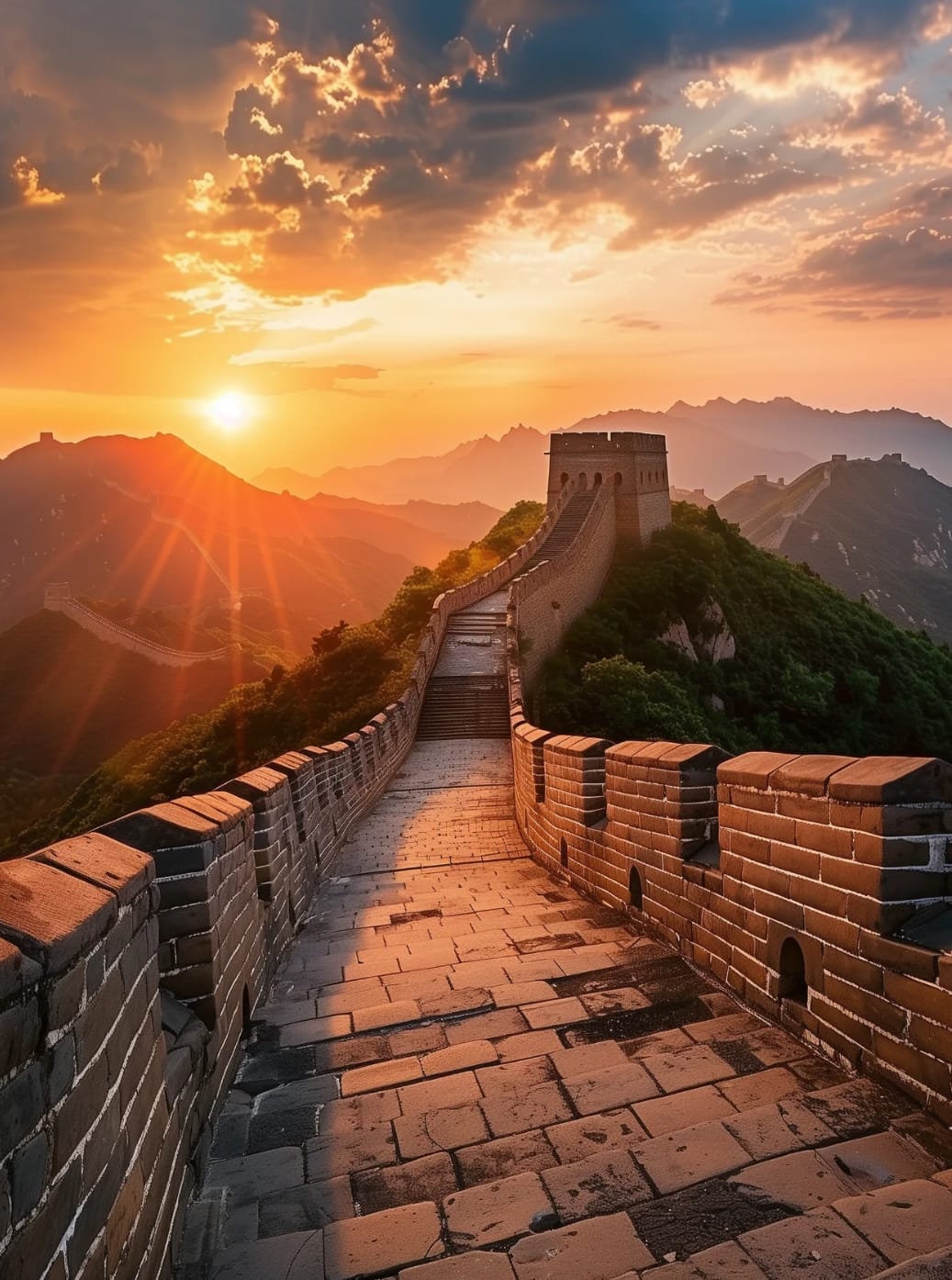
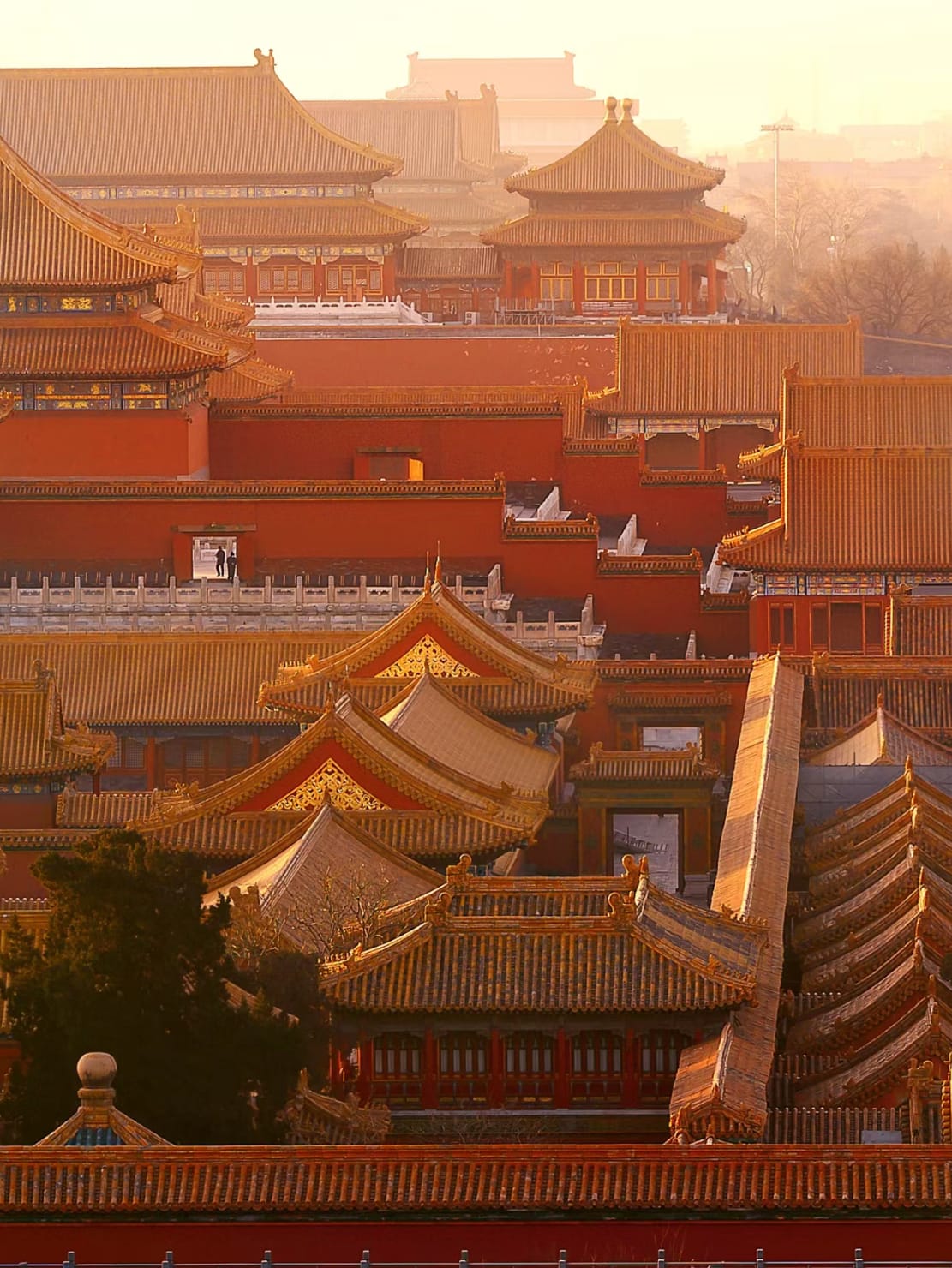
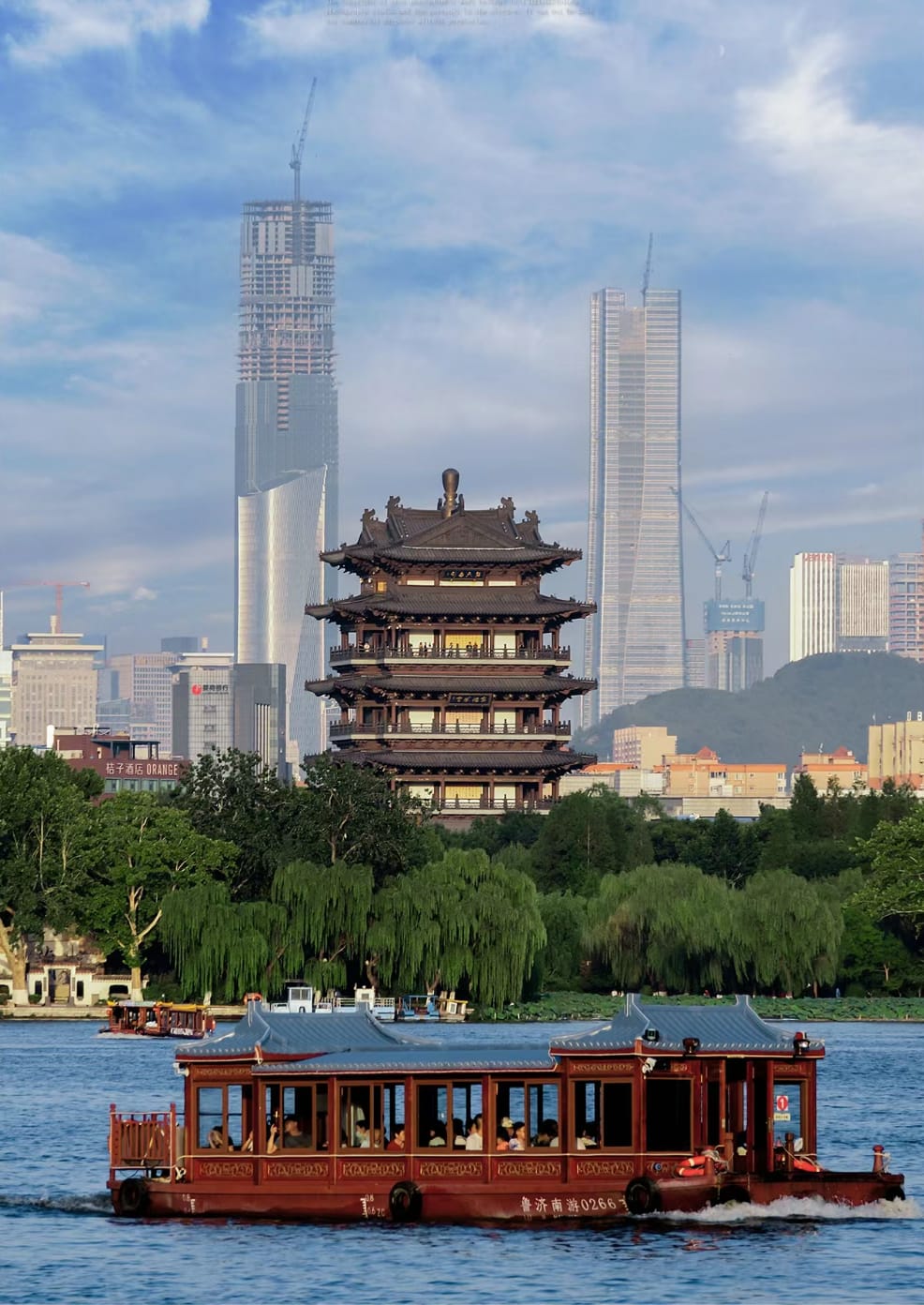
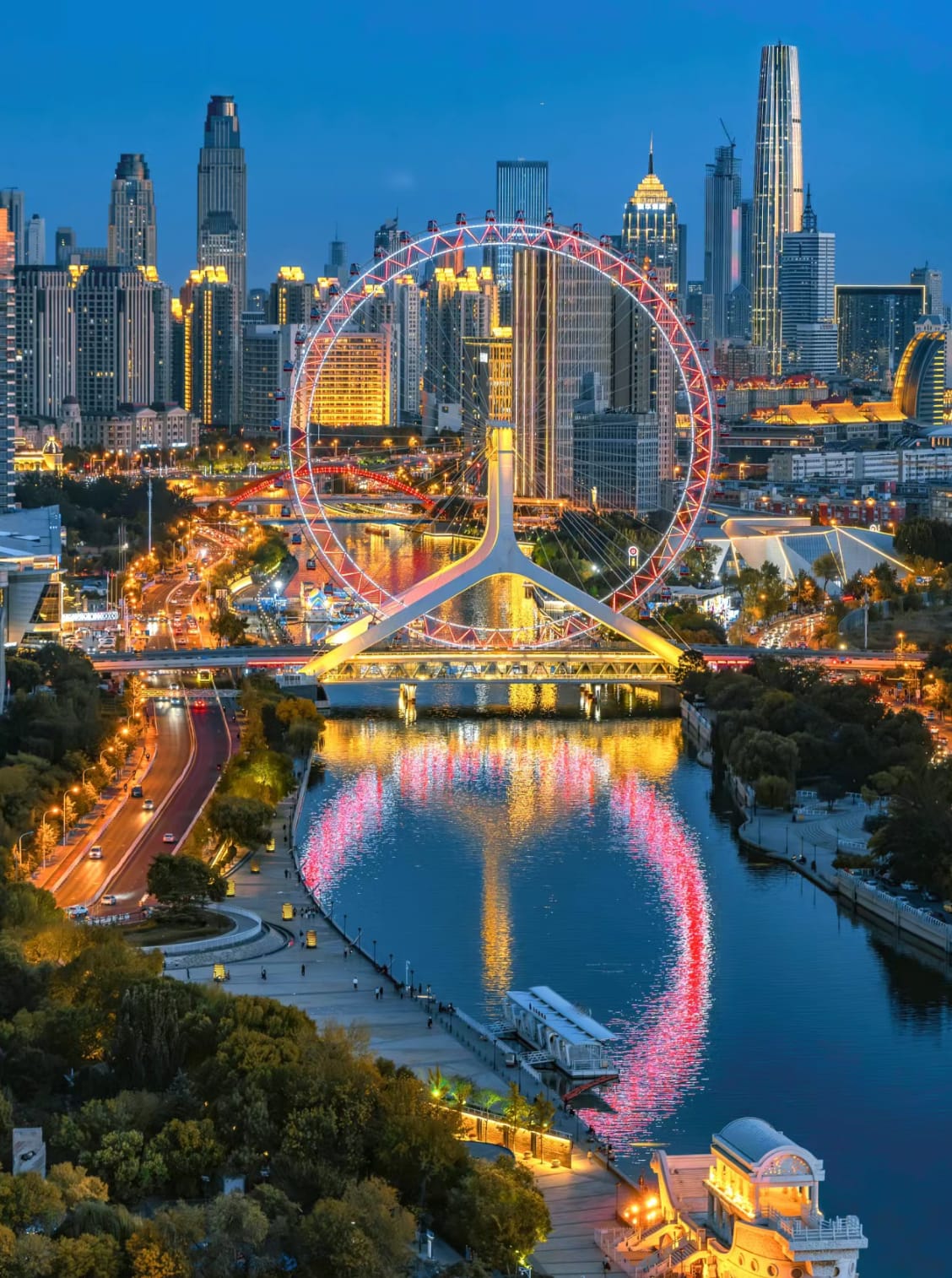
The Great Wall (Beijing)
不到长城非好汉。
One who fails to reach the Great Wall is not a hero.
The Great Wall of China is one of the most iconic and historically significant structures in the world. Stretching over 13,000 miles, it was originally built to protect China from invasions by nomadic tribes from the north. The wall, with its winding paths, watchtowers, and impressive fortifications, traverses a diverse range of landscapes, from mountains and deserts to grasslands and plateaus. Construction of the Great Wall began as early as the 7th century BC, but the most well-known sections were built during the Ming Dynasty (1368-1644). Today, it stands as a symbol of China's enduring strength and ingenuity.
The Forbidden City (Beijing)
The Forbidden City, located in Beijing, is one of China’s most famous landmarks and a masterpiece of ancient architecture. Serving as the imperial palace for 24 emperors of the Ming and Qing Dynasties from 1368 to 1912, it is the largest and best-preserved ancient wooden structure complex in the world. Covering approximately 180 acres, the Forbidden City boasts over 8,700 rooms, each adorned with intricate carvings and stunning artwork. The palace is enclosed by a vast moat and high walls, reflecting its historical role as a seat of imperial power and a symbol of Chinese culture. Visitors can explore its grand halls, lush gardens, and exquisite treasures, gaining insight into the grandeur of imperial China. Today, it stands as a UNESCO World Heritage Site and a major cultural attraction, drawing millions of visitors each year.
Daming Lake (Jinan)
Daming Lake Park is a renowned attraction in Jinan, Shandong Province, known for its tranquil beauty and cultural significance. The park centers around Daming Lake, a natural lake formed by the confluence of several springs. The lake's calm waters are surrounded by lush gardens, traditional Chinese pavilions, and ancient temples, making it a picturesque spot for relaxation and reflection.
The Tientsin Eye (Tianjin)
The Tianjin Eye, officially known as the Yongle Bridge Tianjin Eye, spans the Haihe River, connecting the Hebei and Hongqiao districts. It is a unique Ferris wheel built on a bridge, making it the only one of its kind in Asia that combines both sightseeing and transportation functions. Known as the “Tianjin Eye,” it offers spectacular views of the surrounding area.
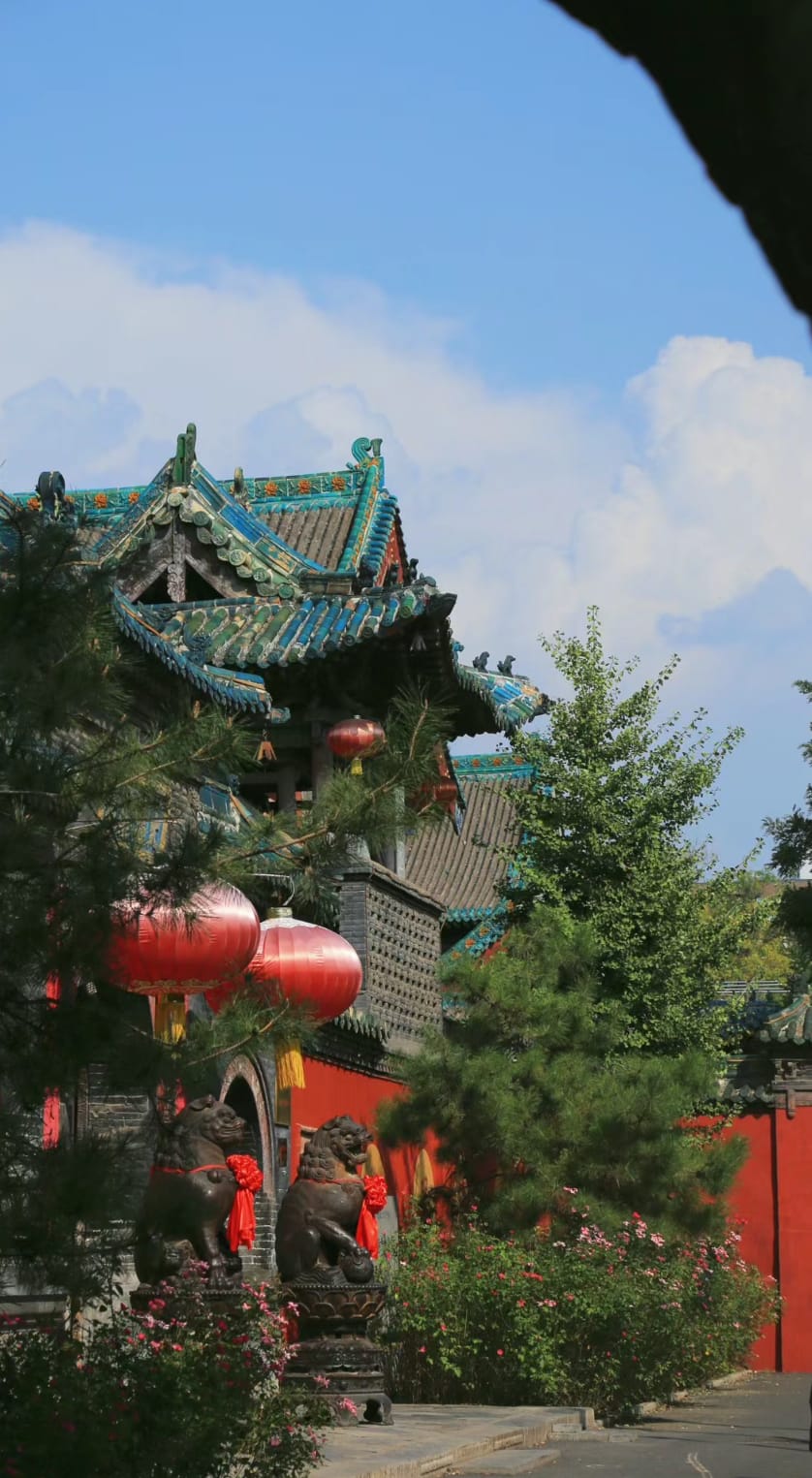
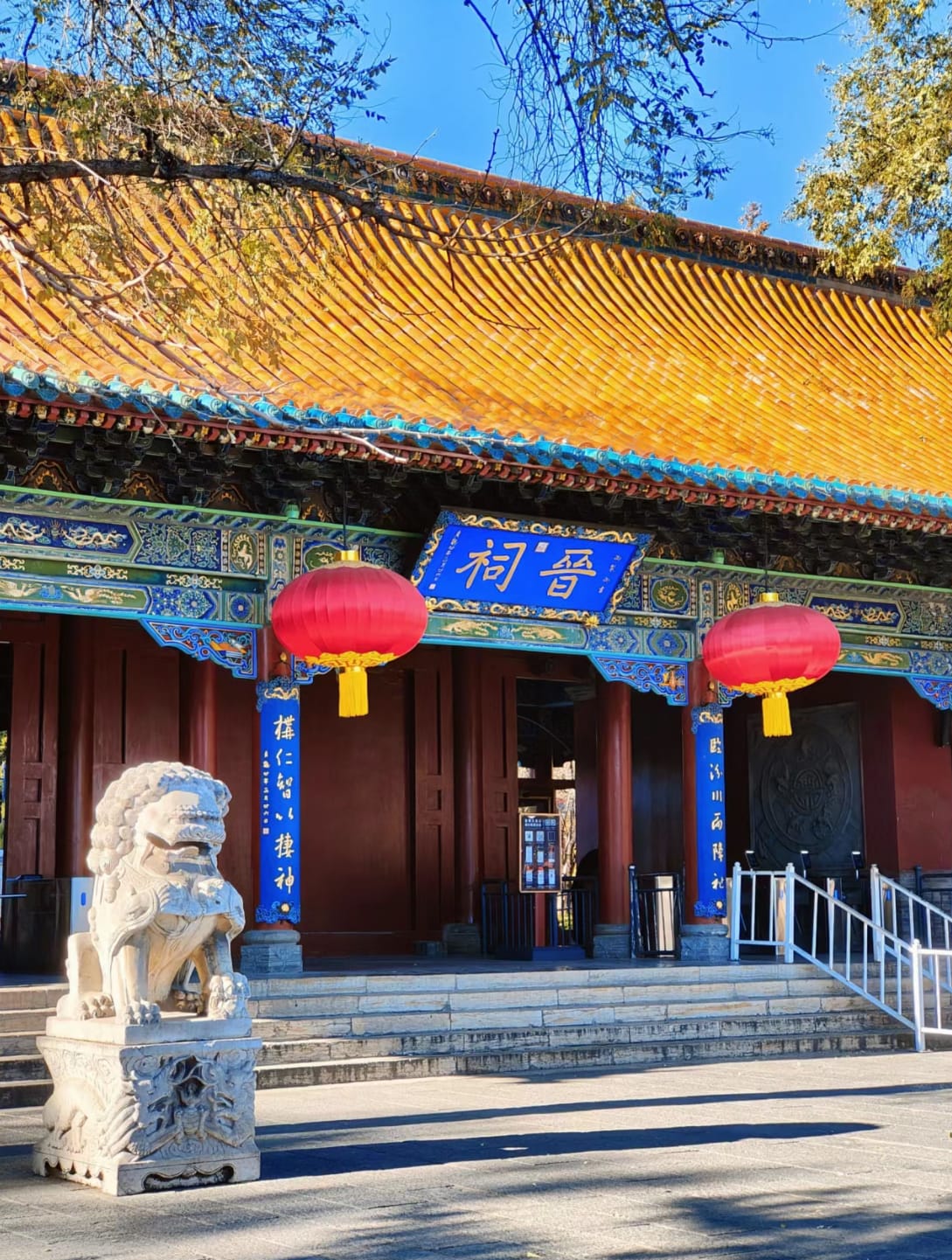
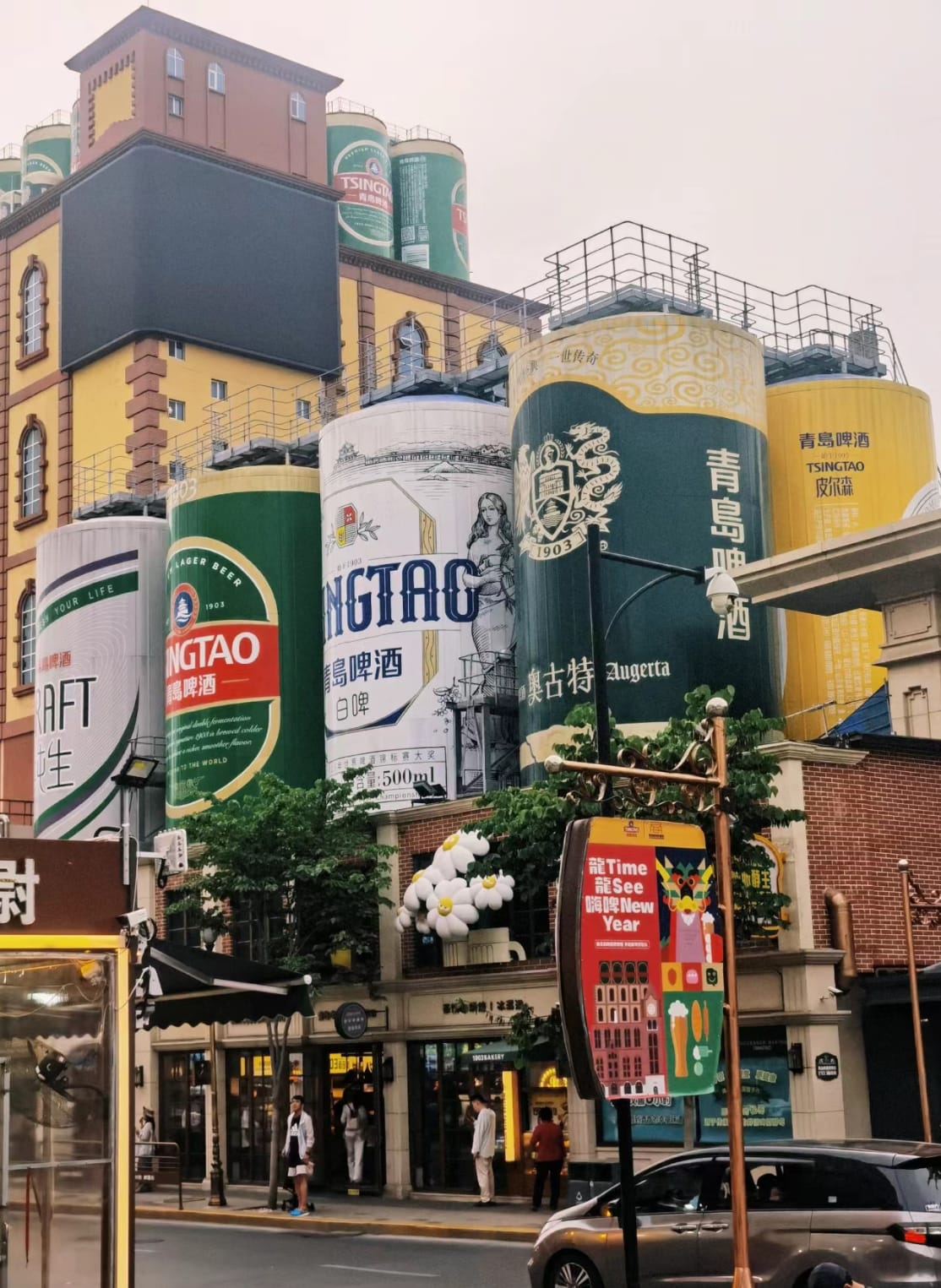
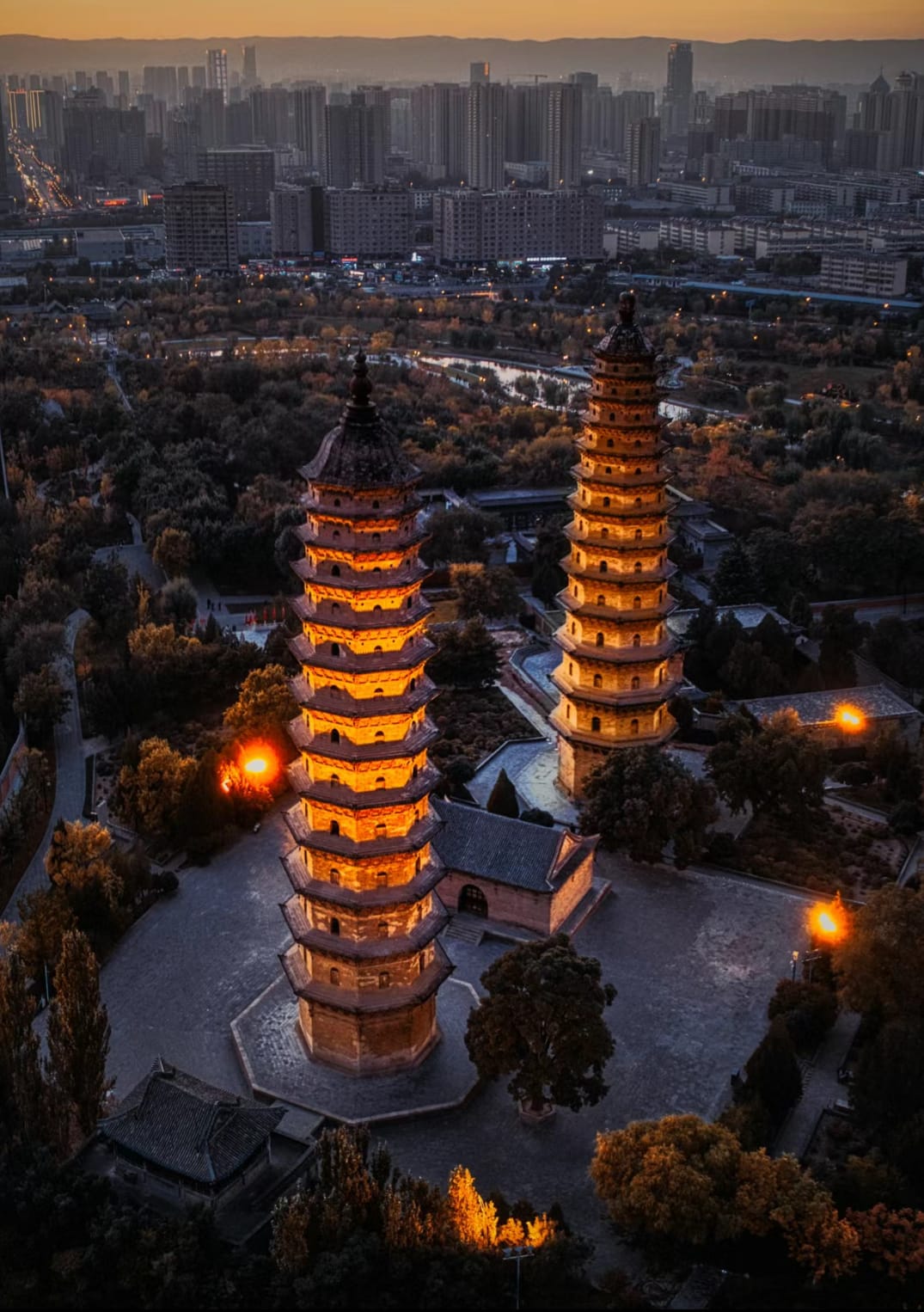
Tsingtao Beer Museum (Qingdao)
The Tsingtao Beer Museum, located in the heart of Qingdao, is a must-visit destination for beer enthusiasts and history buffs alike. Established in 1903 by German settlers, the Tsingtao Brewery is one of China’s oldest and most famous breweries, and the museum offers an immersive experience into its storied past.
Visitors to the museum can explore the history of beer production in Qingdao, with exhibits showcasing vintage brewing equipment, historical photographs, and detailed explanations of the beer-making process. The tour also includes a visit to the original brewing facilities, where you can see firsthand how Tsingtao Beer was, and still is, crafted.
One of the highlights of the museum is the tasting session, where you can sample different varieties of Tsingtao Beer, fresh from the source. The museum also features a gift shop where you can purchase unique beer-related souvenirs.
Taiyuan's Temples
- Jinci Temple is located 25 kilometers southwest of downtown Taiyuan. Founded around 1,400 years ago, Jinci Temple has been expanded through the Sui, Tang, Song, Yuan, Ming, and Qing Dynasties, resulting in a diverse range of architectural styles. Today, it features over 100 halls, towers, pavilions, terraces, and bridges, including some of China's finest Song Dynasty sculptures and buildings, as well as beautiful gardens and ancient trees.
- Yongzuo Temple is located on Shuangta North Road in Yingze District. This temple is renowned for its pair of 13-story octagonal pagodas, built around 400 years ago. These twin towers, constructed of brick and stone, stand 53 meters tall and are visible from much of Taiyuan. Visitors can climb the spiral staircase of the western pagoda to enjoy panoramic views of the city.
- Chongshan Temple is located on Diliang Street in Yingze District. The temple was originally built during the Tang Dynasty (618-907). It was extended in 1381 but suffered significant damage in the 19th century. Today, Chongshan Temple serves as the Buddhist Association of Shanxi Province's headquarters and includes notable structures such as the Bell Tower, the Dabei Hall, and the east and west wing rooms.
Do
Qingdao's Seaside Bathing Beaches



The Qingdao Seaside Bathing Beaches are among the city's most popular attractions, offering a perfect blend of sun, sand, and sea. Located along the picturesque coastline of Qingdao, these beaches are famous for their clean waters, soft golden sands, and the stunning backdrop of the city’s red-tiled roofs and lush green hills.
The most well-known of these beaches is the No. 1 Bathing Beach, which is often regarded as one of the best in China. It’s a great spot for swimming, sunbathing, and enjoying a variety of water sports. The beach is equipped with facilities like changing rooms, showers, and food stalls, making it convenient for visitors to spend a full day by the sea.
Art
Peking Opera
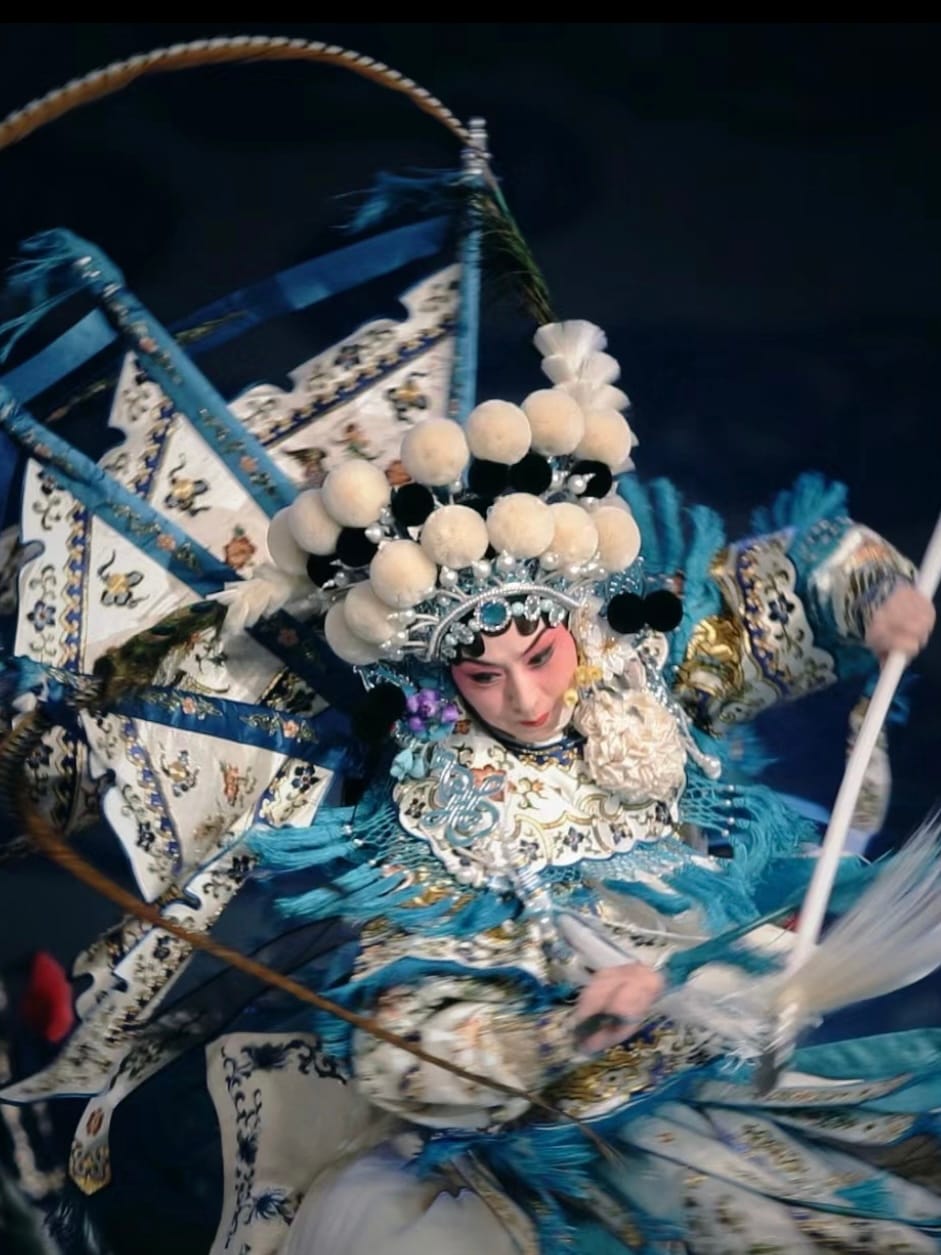
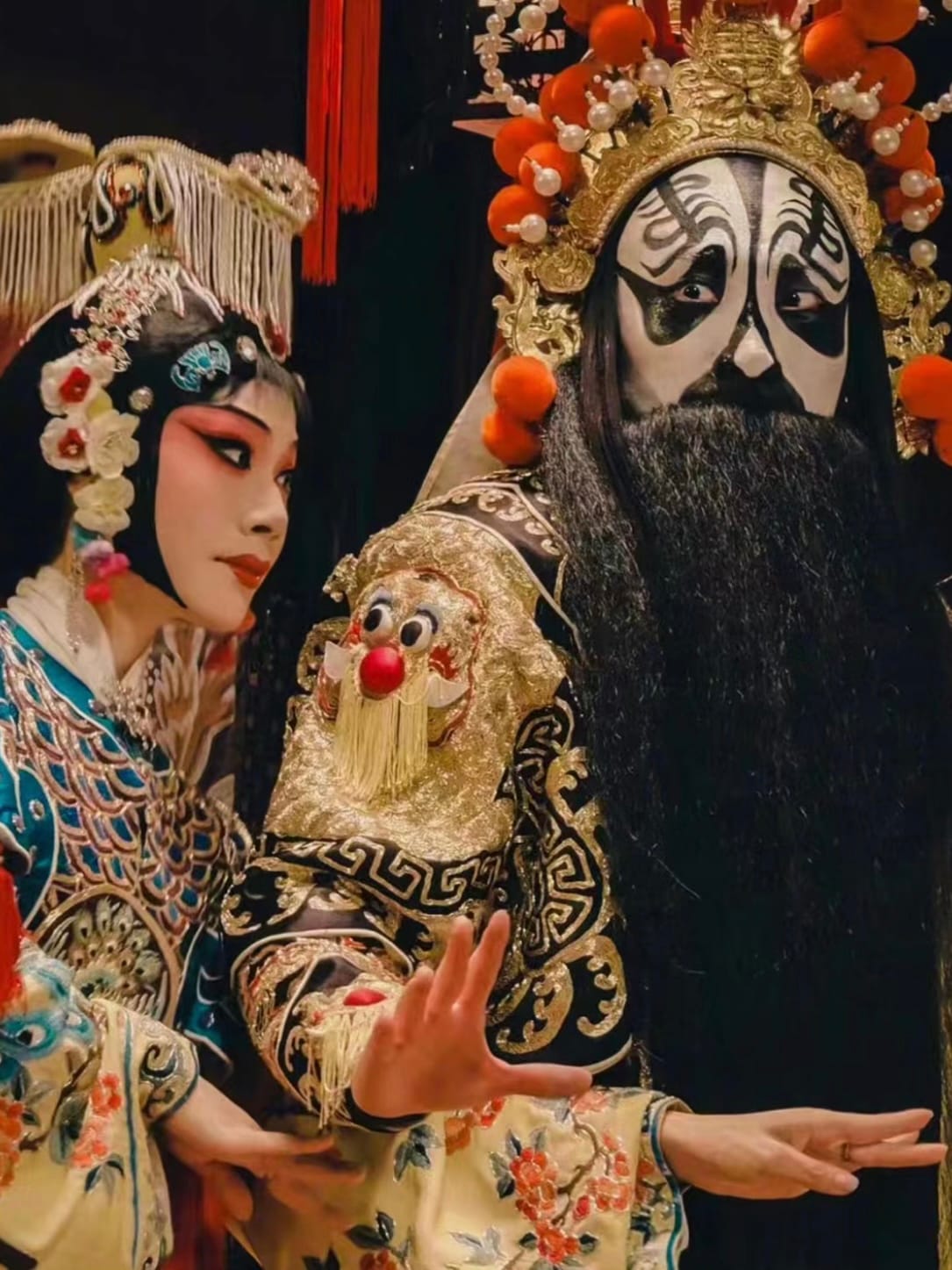
Peking Opera, known as "Jingju" in Chinese, is a traditional Chinese art form that combines music, dance, and drama. Originating in Beijing during the late 18th century, it’s renowned for its elaborate costumes, stylized movements, and expressive singing. Performances are marked by their vibrant face paint, which signifies different character types, and unique acrobatics and choreography that bring ancient Chinese stories to life.
The music, played with traditional instruments like the erhu (two-stringed fiddle) and pipa (lute), sets the tone and mood of the performance. Peking Opera often depicts historical and mythological tales, showcasing themes of heroism, loyalty, and love. Although it may seem unconventional to Western audiences, its rich cultural heritage and artistic depth make it a fascinating and integral part of Chinese culture. For visitors to China, experiencing a Peking Opera performance is a memorable way to connect with the country’s traditional arts and history.
Xiangsheng
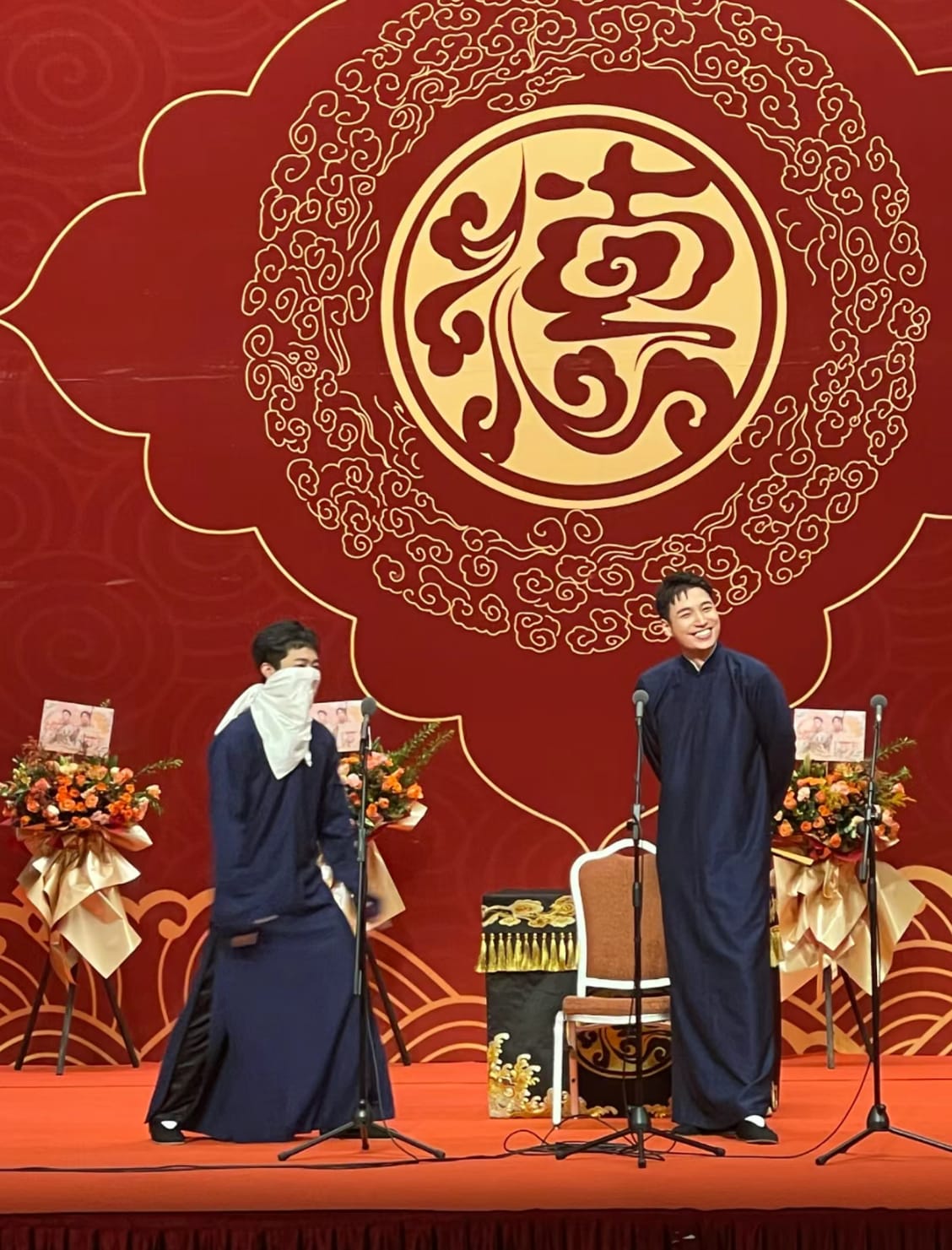
Chinese xiangsheng (crosstalk) is a traditional form of comedic performance that combines humor, wit, and dialogue. Originating in Beijing, xiangsheng features a unique blend of storytelling, wordplay, and puns, often performed by a duo. The performers, known as "speakers," engage in lively, fast-paced exchanges that cover a wide range of topics, from everyday life to cultural commentary.
The art form is deeply rooted in Chinese culture and has been popular for over a century. It typically involves two main styles: "comic dialogue" and "imitative dialogue." In comic dialogue, performers create humor through clever wordplay and jokes, while imitative dialogue involves mimicking various characters and voices to entertain the audience.
Xiangsheng performances are usually held in theaters or on stage, but they can also be enjoyed on radio and television. The charm of xiangsheng lies in its ability to entertain and provoke thought, making it a cherished part of China's rich cultural heritage. For visitors, attending a xiangsheng show offers a delightful glimpse into traditional Chinese humor and performance.
Eat
Lu Cuisine
Shandong cuisine, also known as Lu cuisine, is one of the Four Great Traditions of Chinese cuisine. After the Song Dynasty, it became the representative of "Northern Food." During the Ming and Qing dynasties, Lu cuisine was the mainstay of imperial court banquets and greatly influenced the culinary traditions of northern China, including Beijing, Tianjin, Hebei, and the Northeast.
Within Shandong province, the cooking techniques are diverse, generally divided into two main branches: Jinan cuisine and Jiaodong cuisine, each excelling in different areas.


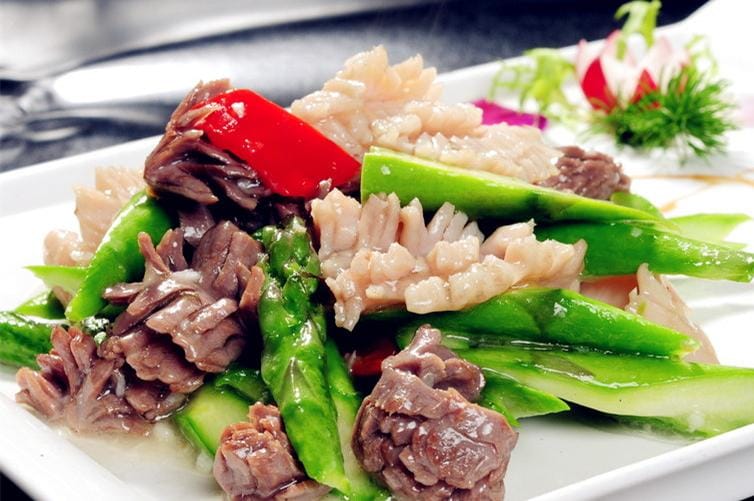
Jinan, the birthplace of Jinan cuisine, is known for its expertise in quick-frying, braising, deep-frying, and stir-frying, with bold and rich flavors. Soups are also a significant feature of Jinan cuisine. Signature dishes include Sweet and Sour Carp, Candied Sweet Potatoes, and Stir-fried Double Crisps.
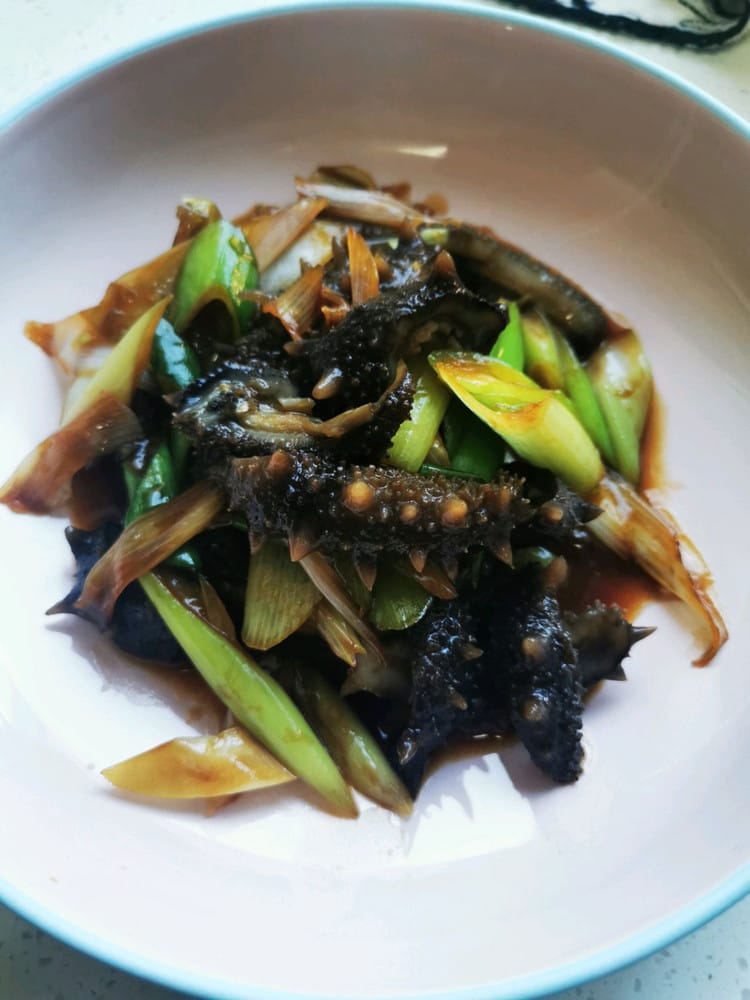
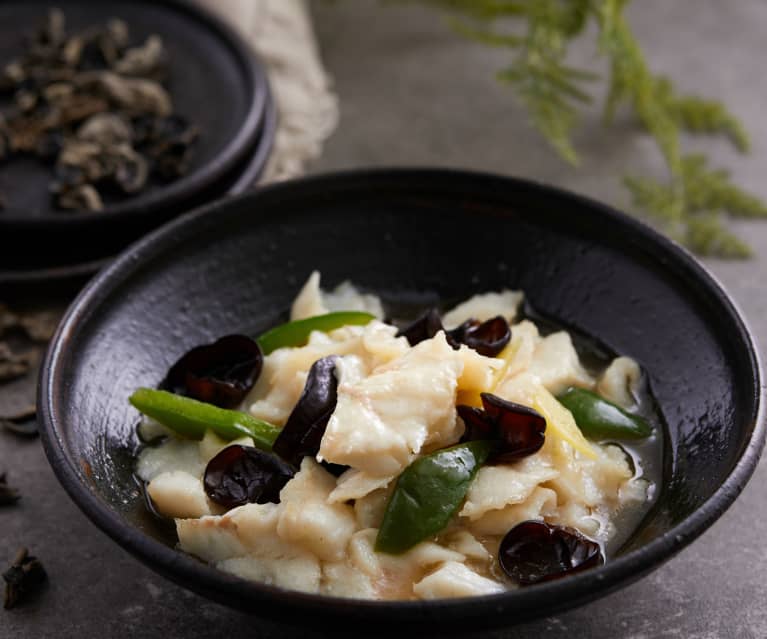
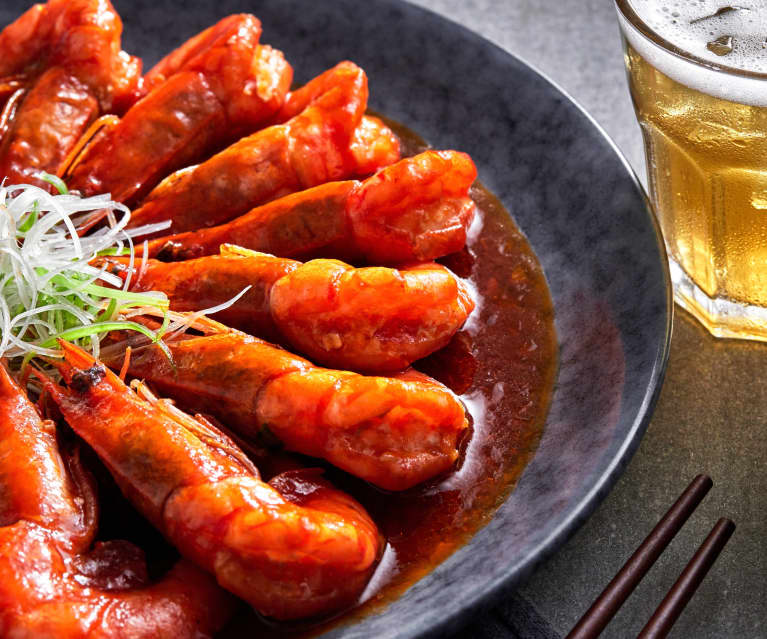
On the other hand, Jiaodong cuisine, originating from Laizhou and Dengzhou, is renowned for its seafood dishes. This branch of Lu cuisine emphasizes light and fresh flavors, preserving the natural taste of the ingredients. It also pays great attention to presentation and knife skills. Representative dishes include Braised Sea Cucumber with Scallions, Wine-simmered Fish Slices, and Braised Prawns.
Beijing Local Snacks


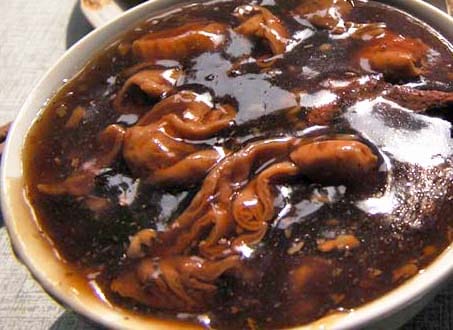
- Fermented Mung Bean Drink (豆汁)
Douzhi is a traditional Beijing drink made from fermented mung beans. It has a distinctive sour and slightly tangy flavor that may take some getting used to. This beverage is usually served with crispy, fried dough sticks called jiaoquan and is a common breakfast choice for Beijingers. It’s considered an acquired taste, but for those who enjoy it, it’s a true symbol of old Beijing.
[This really smells NOT good! 😱😱😱]
- Pea Flour Cake (豌豆黄)
Wandouhuang is a sweet and smooth dessert made from yellow pea flour and sugar. This delicacy is often served in small, square pieces and has a soft, melt-in-your-mouth texture. It’s a light and mildly sweet treat that’s perfect for an afternoon snack, reflecting the delicate flavors of traditional Beijing sweets.
- Rolling Donkey (驴打滚)
Lvdagun, literally translated as "Rolling Donkey," is a traditional Beijing dessert made from glutinous rice rolls filled with red bean paste. The rolls are then coated with a layer of soybean flour, giving them a unique, chewy texture and a slightly nutty flavor. The name comes from the appearance of the finished product, which looks like a donkey rolling in the dust, due to the soybean flour coating.
- Stir-Fried Liver (炒肝)
Chaogan is a savory dish made from pork liver and intestines, cooked in a thick, garlicky sauce. This dish has a rich flavor and is a popular street food in Beijing. It’s usually served with steamed buns and is favored for its hearty taste. While it may not be for everyone, it’s a must-try for those who want to experience authentic Beijing cuisine.
Qingdao Local Snacks

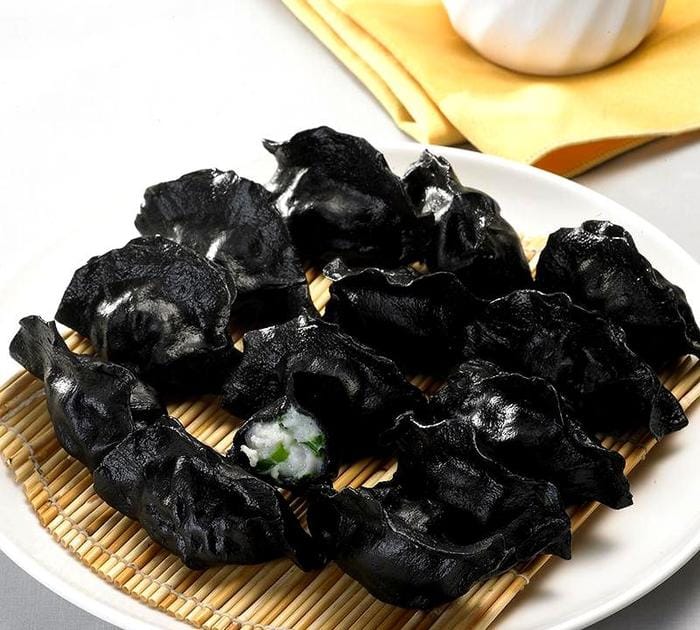
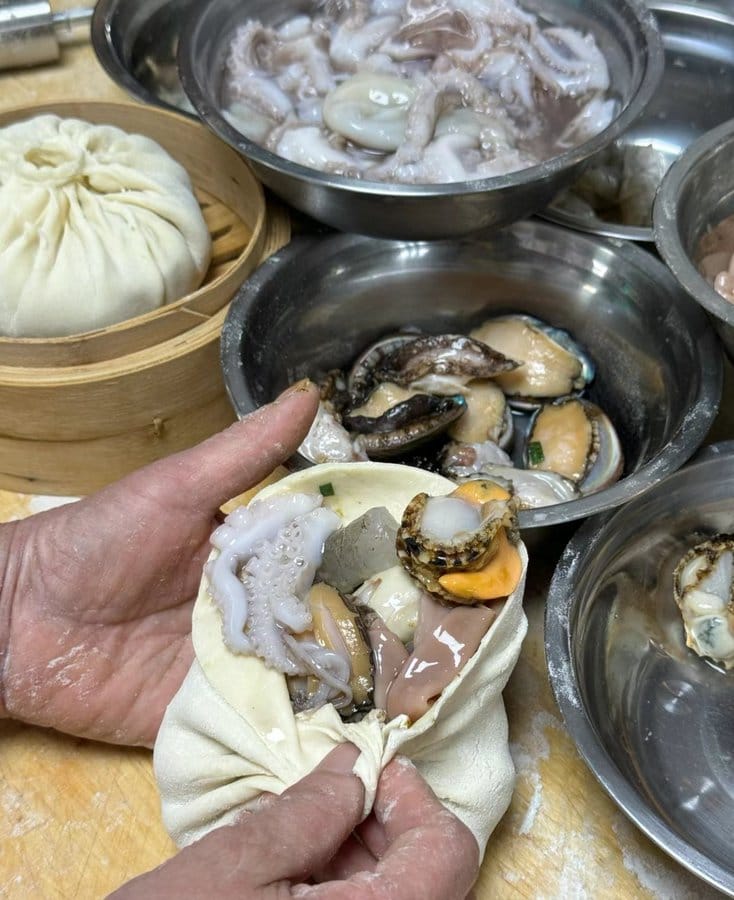
- Seafood Dumplings
Qingdao is renowned for its seafood, and this extends to its dumplings, a must-try when visiting. The most famous varieties include mackerel dumplings (鲅鱼饺子) and cuttlefish dumplings (墨鱼水饺). These dumplings are filled with fresh, locally-sourced seafood, giving them a rich, umami flavor that captures the essence of the sea. The mackerel dumplings are known for their tender texture and slightly sweet taste, while the cuttlefish dumplings offer a more robust, savory flavor with a hint of ocean brininess. Each bite is a unique experience, showcasing the freshness and quality of Qingdao’s seafood. [This is my favorite!! 😍😍]
- Seafood Buns
In addition to dumplings, Qingdao also offers seafood buns, which are equally delightful. The most popular is the shrimp bun (大虾包子), which is generously filled with plump, juicy shrimp. These buns are steamed to perfection, allowing the delicate flavors of the seafood to infuse into the soft, fluffy dough. The result is a delicious and satisfying treat that perfectly balances the sweetness of the shrimp with the savory notes of the bun. Whether you’re a fan of dumplings or buns, Qingdao’s seafood offerings are sure to leave a lasting impression.
Tianjin Local Snacks


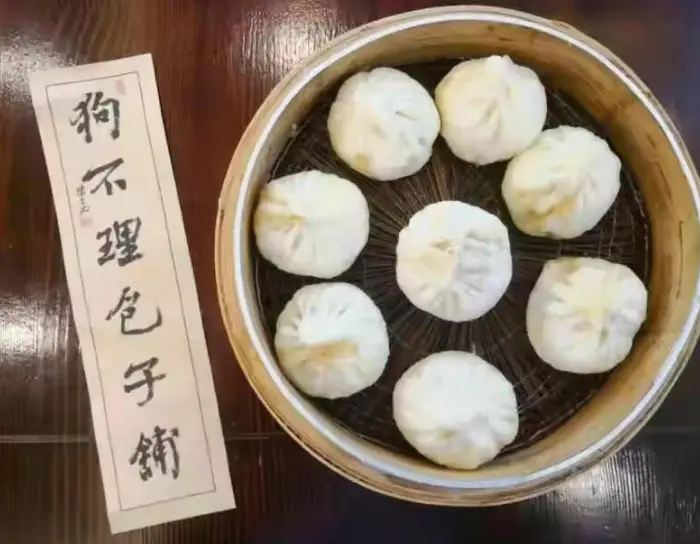
- Jianbing Guozi (煎饼果子)
Jianbing Guozi, a quintessential Tianjin breakfast item, has spread across China, but nothing beats the authenticity found in Tianjin. For an authentic experience, make sure to choose the green bean flour version. A ladle of batter is quickly spread out, a fresh egg is cracked on top, and then crispy fried dough (you tiao) or thin crackers are added just at the right moment. The aroma of the batter combined with the fragrance of the egg will surely whet your appetite.
- Goubuli Baozi (狗不理包子)
Goubuli Baozi is one of Tianjin's most famous delicacies, with a history dating back to the Qing Dynasty. These buns are renowned for their high-quality filling, thin skin, and intricate pleats—each bun boasts no fewer than 15 folds, contributing to its distinctive appearance and reputation. Today, most visitors to Tianjin seek out Goubuli Baozi, though locals rarely do. The high price of 70 yuan per steamer, crowded storefronts, and declining service quality have made it less popular among residents. While it remains a significant part of Tianjin's culinary heritage, enjoying Goubuli Baozi has become more about nostalgia than a regular dining choice.
- Tianjin Mahua/Fried Dough Twist (天津麻花)
Tianjin has a long-standing tradition of making Mahua, a popular snack that's also ideal as a souvenir. The most famous place for Mahua is Guifaxiang Eighteen Street Mahua, where crowds flock daily. The Mahua here comes in various flavors, including hawthorn, pepper salt, mixed, and black sesame, with different sizes available. Hand-made Mahua is slightly more expensive than machine-made ones. Loose Mahua is priced around 30 yuan per pound, while gift boxes range from 70 to 140 yuan. If you want to take some home, you can ask the staff to pack loose Mahua in a box, allowing you to choose your preferred flavors.

